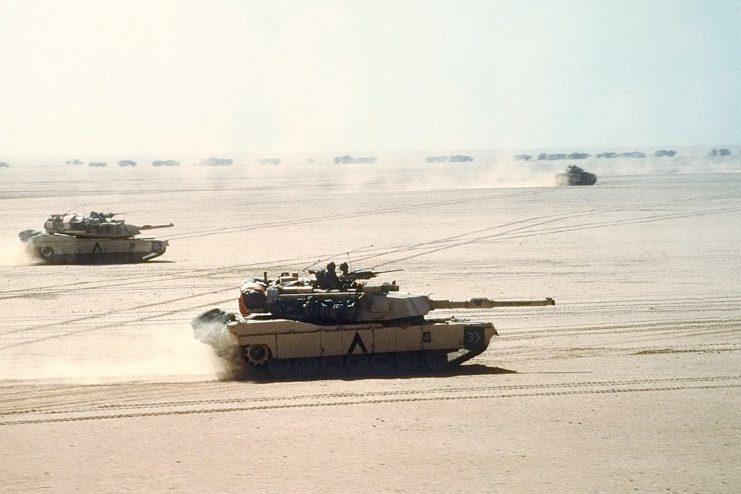

Offensive #2 Number of Tanks: 7,360 Soviet Tanks Offensive #1 Number of Tanks: 3,253 German Tanks The German attack was hindered by pockets of American resistance and a gasoline shortage for its tanks, which caused the Germans to make slower progress. The German assault was stopped by counterattacks that included General George Patton’s Third Army, and as a result, the German army was ultimately victorious in the conflict. The German forces enjoyed a numerical advantage at the beginning of the conflict, not only in terms of personnel but also in terms of weapons and tanks.Ĭompared to its German contemporaries, the Sherman tank produced by the United States had inferior protection and a lower rate of fire. Offensive #2 Number of Tanks: 2,000 Allied tanksĪdolf Hitler, the head of the Nazi party, took a massive risk during the Battle of the Bulge by attempting to separate the Allied army and compel them to negotiate a peace settlement. Offensive #1 Number of Tanks: 1,400 German tanks The armor used by the coalition was far more powerful than that used by the Iraqi tanks.Īt the end of the 100-hour Gulf War, about 3,300 tanks belonging to Iraq had been destroyed, while the coalition had suffered 31 losses. In the later stages of the conflict, more American armored forces engaged more Republican Guard tanks in bloody and chaotic combat. During four hours, many coalition troops engaged in wave after wave of Iraqi tanks. The strategy was conceived by the commanding general, Norman Schwarzkopf.Īfter two days of the operation, American M1A1 tanks came face to face with tanks belonging to the Republican Guard. Tanks belonging to the Allied coalition were going to drive north into Iraq, smash any opposition they encountered along the way, and then continue east into seized Kuwait City.
#GREATEST TANK BATTLES GULF WAR FREE#
Offensive #2 Number of Tanks: 1,100 Iraqi tanksĪs part of the operation to free Kuwait from Iraqi occupation, on February 24, 1991, around 3,000 tanks, thousands of armored vehicles, and soldiers pushed through the thinly defended border between Saudi Arabia and Iraq.

Offensive #1 Number of Tanks: 1,900 American tanks The German Army Group Center, commanded by tank generals Heinz Guderian and Hermann Hoth, was tasked with encircling the Soviet troops defending the line of the Dvina and Dnieper rivers, to open the way to Moscow. While the Soviets suffered massive casualties and the Germans made significant territorial gains, the Russians could halt the German march on Moscow. The fight was one of the bloodiest of World War II. These objectives were accomplished by capturing Vitebsk, Orsha, and Smolensk. The year 1941 would witness some particularly violent conflict in the area. It was the path traveled by the Poles in the 17th century and Napoleon in 1812 when they invaded Russia from the west and made their way into the heart of Russia and Moscow.

The region around Smolensk is a geographical area that is about 75 kilometers (47 miles) broad and is located between the headwaters of the Dvina and Dnieper rivers. Offensive #2 Number of Tanks: 1,545 Soviet tanks Offensive #1 Number of Tanks: 1,000 German tanks You may be shocked to know how outnumbered one side is in some of these fights. Without further ado, let’s look at the largest battles in history. This was accomplished during the conflict. Throughout the Persian Gulf War in 1991, coalition troops ousted Iraq from Kuwait using overwhelming tank firepower, leaving Iraqi tanks as burning hulks in the desert. This was accomplished by using superior strategies and having superior weapons. In more recent times, there have been major tank fights have taken place. The Germans were keen to utilize the tank in concentrations of numbers to break through their opponents’ fortifications and break the stalemate that had developed during the First World War.ĭuring World War II, several major tank fights occurred the Soviet Union and Nazi Germany were involved in three major tank battles. Tanks have emerged as the central element of contemporary warfare and the focal point of many different military doctrines, including blitzkrieg and highly mobile mechanized troops.

Tanks made their first appearance in combat the previous year, but it wasn’t until the Battle of Cambrai in 1917, which took place during World War I, that the armored beasts became the most feared weapon on the battlefield.


 0 kommentar(er)
0 kommentar(er)
